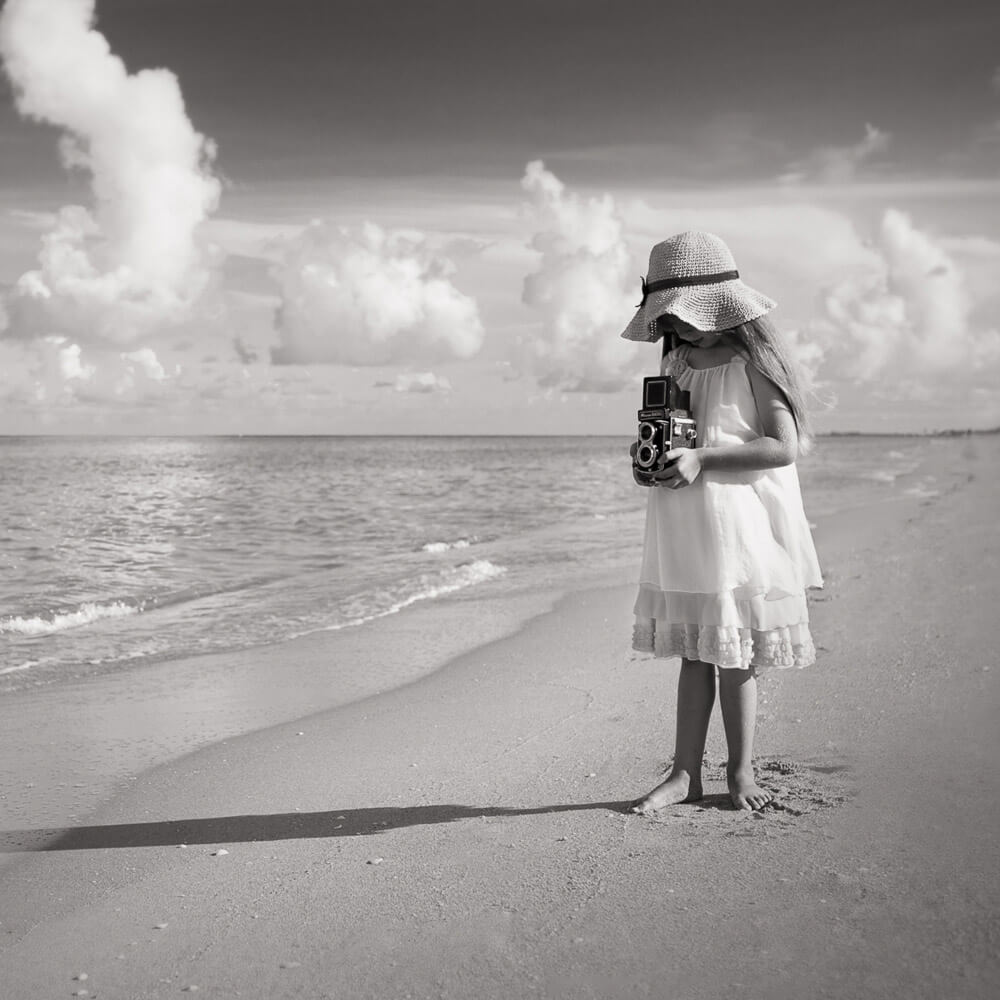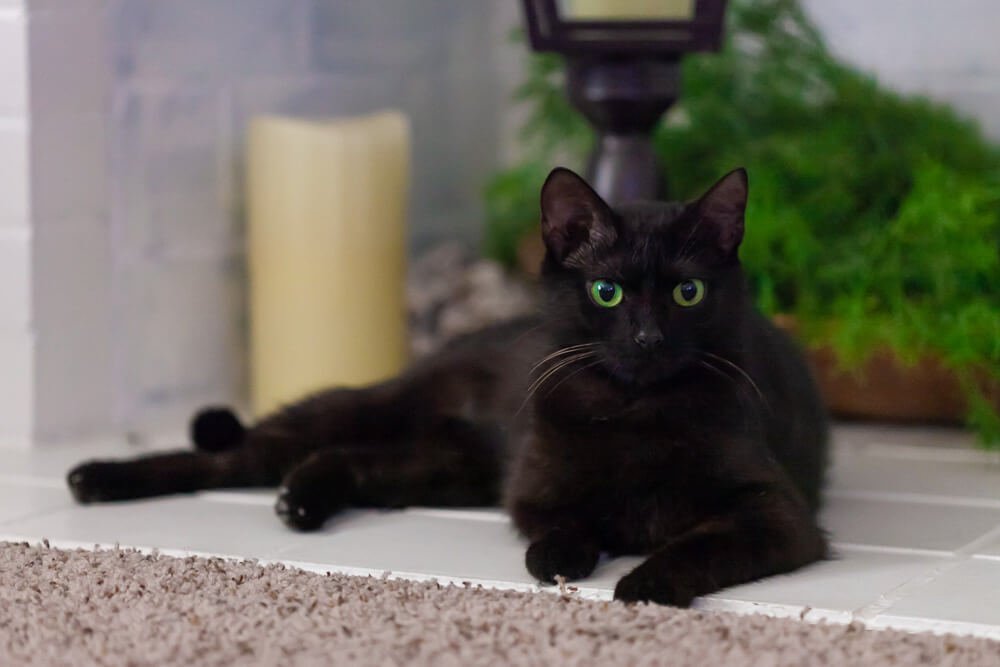This page may contain
affiliate links. click here
for more information
This page may contain affiliate links. click here for more information
Have you ever noticed that creative people are often creative in more than one area? While I’ve heard this trait described as multi-passionate, I usually think of my own tendencies as something more like creative hoarding. I’m the queen of unfinished projects. Scrapbooking, jewelry making, and hand-lettering are just a few of the passing interests that spring to mind. My passions for writing and photography have both waxed and waned over the years. Some days I’d be excited about a new photography idea, sometimes it was a story idea that I couldn’t wait to get down on paper.
For a long time, I thought that I was supposed to choose one area of creativity and stick with it, letting the others go, if I wanted to be able to truly call myself a photographer or a writer. And while it’s true that I can’t master all the forms of art that catch my interest, at least not right now, I’ve come to realize that there are benefits to being “multi-passionate.”
Photography and writing might seem like two very distinct skill sets, but in fact I’ve noticed that some photography skills have spilled over into my writing. After all, good photography is simply a visual form of storytelling.
Do you feel like you suffer from creative ADD, and that you’d make more progress on your writing if you dropped your other creative pursuits? Here are five reasons you might want to hold off on that.
#1 Close Attention To Detail
In photography, the devil is definitely in the details. Yes, it’s possible, especially now, to snap photos without thinking. However, if you want to produce a photograph that is true to what you visualize when you press the shutter button, you have to slow down and pay attention to detail. You have to learn to see light and to use it intentionally. You also have to consider your exposure settings—ISO, shutter speed, and aperture—as different combinations lead to very different looks in photographs.
The same is true in writing. It’s certainly possible to sit down and write without planning or having a specific end result in mind, and sometimes that kind of writing can be useful, even therapeutic, but if you have specific results in mind for your writing, you have to pay attention to the details. One thing I find myself guilty of is moving through scenes too quickly, without adding the details that draw a reader in. Without those details, the end result is the written equivalent of a snapshot, unplanned and not really what I intended.
#2 Framing the Image
One of the biggest mistakes new photographers make is not considering what they want to include in the image and what they want to leave out. A novice photographer might intend to make a portrait of their child playing in the fall leaves, but end up with a snapshot of their entire back yard—the trash bins against the fence, toys scattered across the frame, the front end of the car peeking into the edge of the photo, and the child very small in the middle of all these distractions. The viewer’s eye doesn’t know where to go, because the photographer hasn’t been intentional about what to include in the frame.
Mentors sometimes tell new photographers to compose the photo, then take one step forward before pressing the shutter button. That is good advice in writing as well. The writer needs to be intentional in framing the story. Step in close and scan the frame. What details will draw the reader in? What details are just clutter and might break the reader’s immersion in the story? Consider what angle to approach the scene from. Is it a wide-angle shot, an overview of the scene? Or is it telephoto—an intimate, up-close scene—bringing the reader into the character’s private thoughts?
#3 Editing Isn’t Optional
While a casual snapshot might not need any further attention, a photograph intended as a piece of art is rarely finished when the photographer presses the shutter button. It will require at least some editing before it fulfills the photographer’s vision. RAW image files always need tweaking because they are’t meant to be the final product. Even in the film days, true master photographers didn’t snap away and send their photos off to a commercial lab. Ansel Adams spent hours in the darkroom, carefully manipulating light, chemicals, and paper to create the print that he envisioned from the negative he had already produced.
//In the same way, typing The End doesn’t mean the story is finished. It needs to be put aside, then reread after some time away. Even just a day can give a writer enough distance to see errors and places where the story has gone astray. Beta readers and editors offer even more opportunity for catching the mistakes that the author can’t see.
#4 Focusing the Viewer’s Attention
One of the first things I learned about photography was how to focus the viewer’s attention where I wanted it. Incorporating leading lines to draw the viewer’s eye across the image; framing the subject with other elements in the photo, such as a doorway; choosing depth of field to create a plane of focus where it is needed; using light intentionally to highlight the subject . . . these are all techniques photographers can use to say to the viewer, “Hey! Look at this!”
Writers need to master this skill as well. Mystery writers in particular need to focus the reader’s attention on certain elements of a scene, while drawing their attention away from others. Agatha Christie was a master of this technique. She planted red herrings and legitimate clues in the same scene, while highlighting the red herring and causing the real clue to fade into the background. In any kind of writing, however, the author needs to be deliberate about focusing the reader’s attention. Drawing too much attention to details that later turns out to be inconsequential are frustrating and pull the reader out of the narrative.
#5 Don’t Rush the Process
This is a tough one for me. Patience is not a virtue I have in abundance. Possibly not even in trace amounts. I get frustrated when I can’t do justice to the story in my head, which is most of the time. But I try to remind myself that there was a time when I felt the same way about my photography. For a long time, I was frustrated because I couldn’t recreate the images in my head.
Over the years, though, I gradually got better at getting those images out of my head and onto paper. It didn’t happen as quickly I wanted it to (that patience problem again), but it did happen because I kept working at it and seeing small improvements along the way. So I keep plugging away at my writing in the same way. The results will be gradual, but they will be there.
How about you? Do you find that your other creative pursuitswork
their way into your writing? Is that an advantage or a disadvantage?
Praesent leo risus, sodales sed fermentum vitae, ornare ut metus. Maecenas ornare pellentesque metus a commodo. Lorem ipsum dolor sit amet, consectetur adipiscing elit. Suspendisse sed nibh non nisl finibus imperdiet.
Writing Routine
Tracker
free printable
send me the tracker



